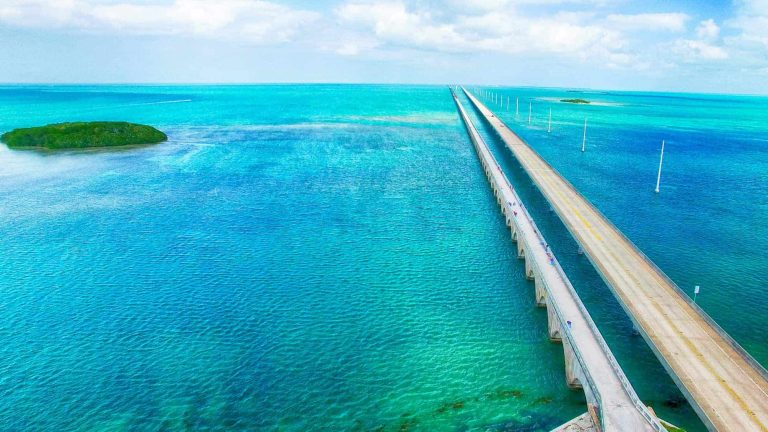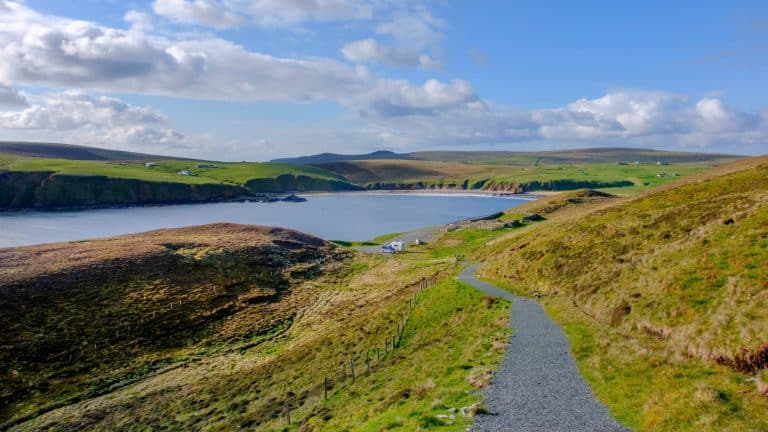Found By Accident contains affiliate links and is a member of the Amazon Services LLC Associates Program. If you make a purchase using one of the Amazon links (or other affiliate links), we may receive compensation at no extra cost to you. See our disclosure policy for more information.
These 15 Overlooked Destinations Are About to Become Your New Favorites
Traveling offers endless opportunities for discovery, but sometimes the most extraordinary experiences lie in places that aren’t in the spotlight. These destinations quietly boast stunning landscapes, rich cultural traditions, and unique adventures without drawing the crowds usually seen in well-trodden tourist spots.
Stepping off the beaten path invites travelers to savor moments of authenticity and awe. From tranquil coastlines to vibrant marketplaces, these locations are ideal for those seeking a deeper connection to the world around them.
And traveling to such destinations is about finding experiences that feel personal and precious; places where every encounter adds a new layer to your memories. These underrated corners of the globe are just waiting to be uncovered. Are you ready?
Tasmania, Australia
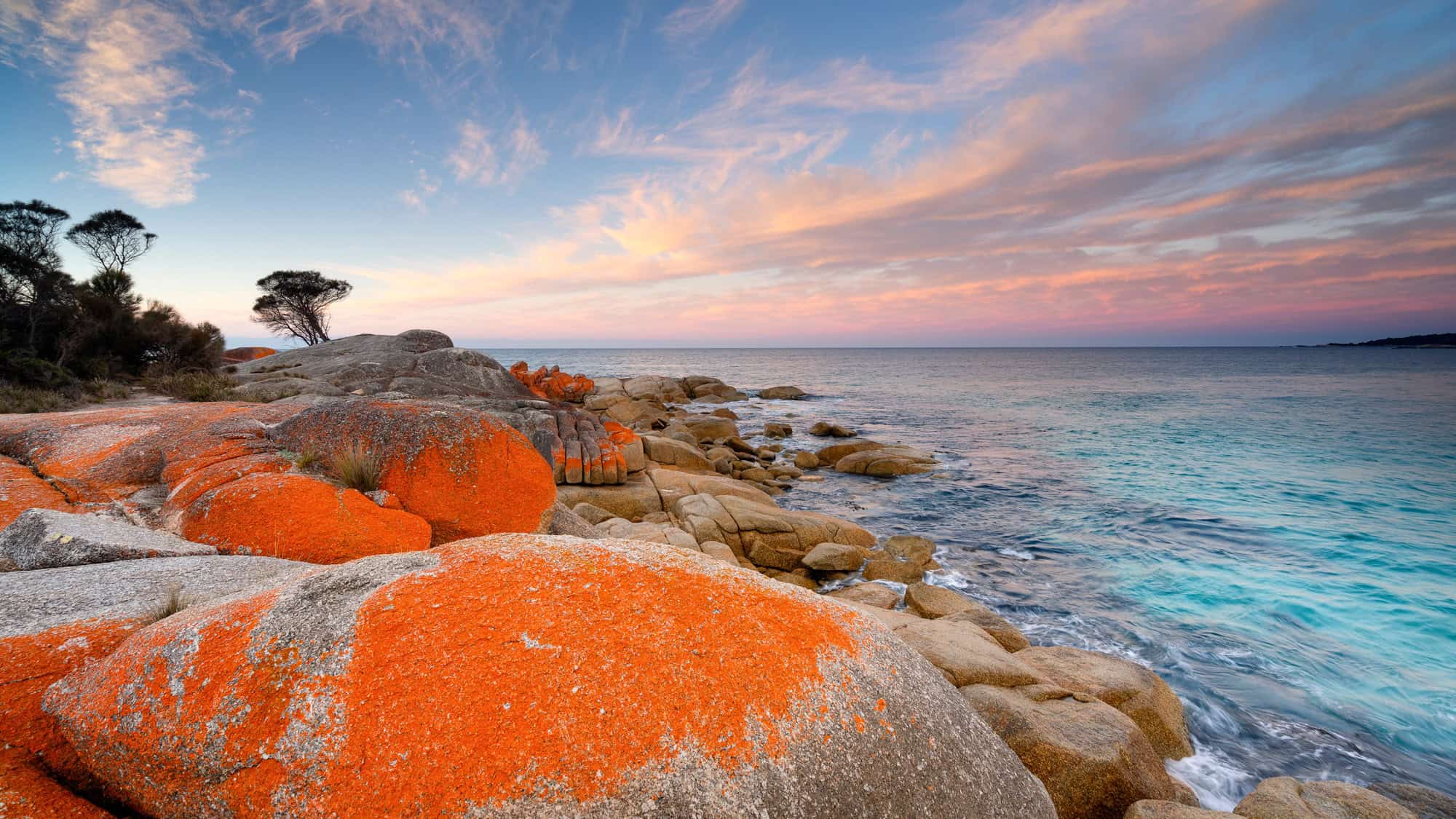
Tasmania, an island state of Australia, is renowned for its unspoiled wilderness, diverse wildlife, and fascinating colonial history. And nearly 40% of the island is protected in reserves, national parks, and World Heritage sites, making it a haven for outdoorsy types.
Cradle Mountain-Lake St Clair National Park stands as one of its most iconic destinations, offering breathtaking alpine scenery and a network of hiking trails suited for varying levels of experience. The Overland Track, a six-day trek through the park, attracts hardcore adventurers from around the globe.
The island is also home to unique species, including the Tasmanian devil, a carnivorous marsupial found only in Tasmania. Its distinct nocturnal growls and role within the ecosystem contribute to its appeal.
Alongside its natural wonders, Tasmania bears a colonial past visible in historic towns such as Port Arthur, a former penal settlement. Today, visitors exploring these historic sites can learn about Australia’s convict era and its lasting cultural implications.
Gjirokaster, Albania
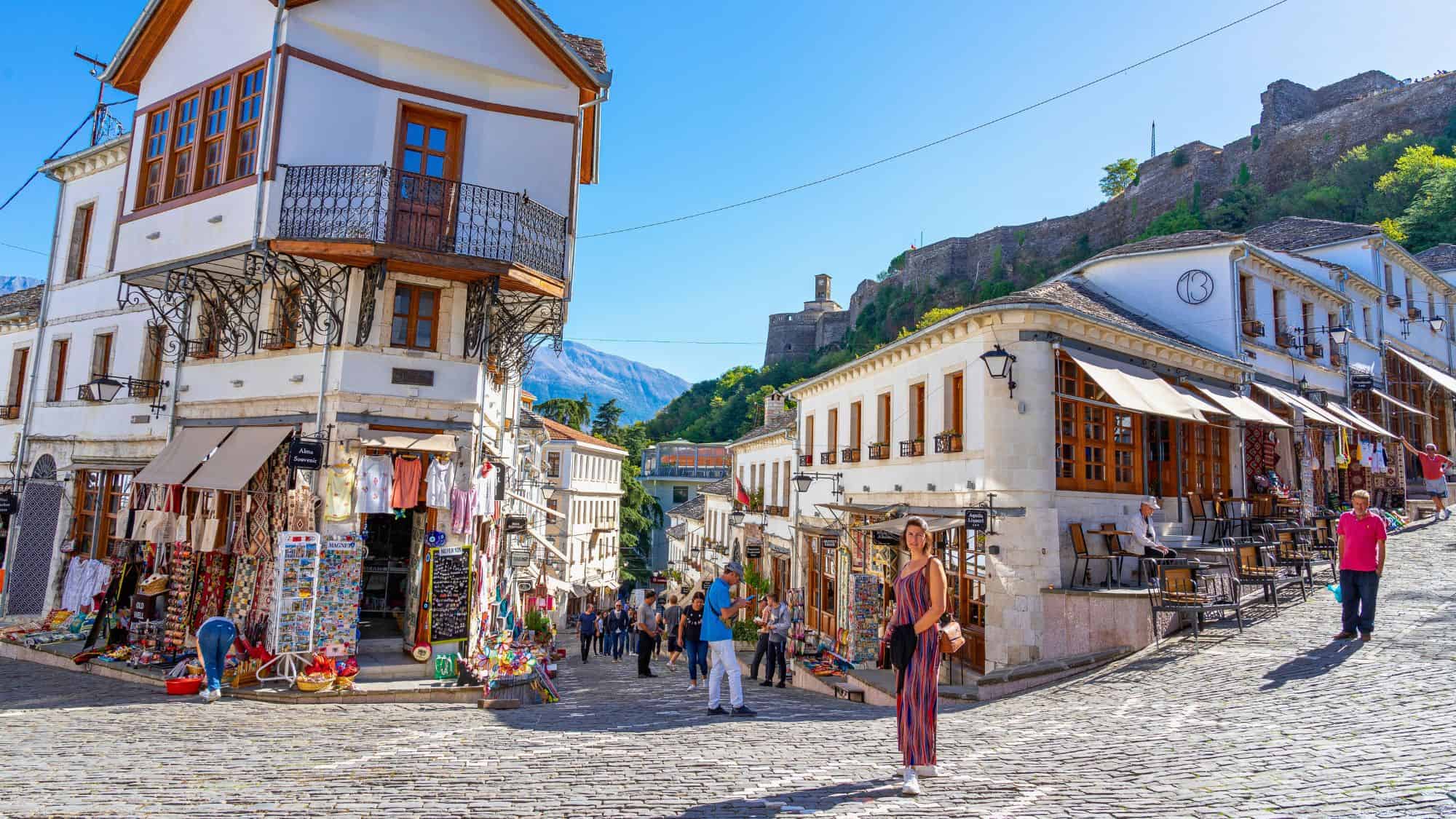
Perched gracefully in southern Albania, Gjirokaster is a living window into the past, celebrated for its remarkably preserved Ottoman-era architecture. Known as the “City of Stone,” it boasts an array of stunning limestone houses, their slate roofs glinting under the Balkan sun.
A vital highlight for any traveler is Gjirokaster Castle, one of the largest castles in the Balkans. This imposing fortress offers panoramic views of the Drino Valley and houses a fascinating museum detailing Albania’s complex history, including exhibits from the country’s resistance during World War II.
Adding to its charm, Gjirokaster also plays host to a biannual folk festival within the castle walls, showcasing traditional music and dance. The city is also celebrated as the birthplace of Albanian author Ismail Kadare, whose works vividly depict the region’s character.
Sibiu, Romania

Tucked into the heart of Transylvania, Sibiu stands as a beacon of history and culture, known for its medieval architecture and lively spirit. Once a significant center of trade in the 12th century, this city flourishes today with picturesque cobblestone streets, pastel-hued buildings, and vibrant public squares.
Sibiu’s Old Town is split into two sections: the Upper Town, known for its grand squares and historic churches, and the Lower Town, where the charm of colorful houses blends seamlessly with quiet alleys and green spaces.
One of the most distinctive features is the “Eyes of Sibiu,” small rooftop windows on the homes that appear to observe passersby, adding an almost enigmatic quality to the city. But Sibiu is more than its architecture; it’s a hub for artists and foodies, boasting highly regarded museums, seasonal festivals, and traditional Romanian dishes served in cozy eateries.
It was even named the European Capital of Culture in 2007, solidifying its reputation as a must-visit destination for exploring Transylvania’s rich heritage.
Isle Of Skye, Scotland
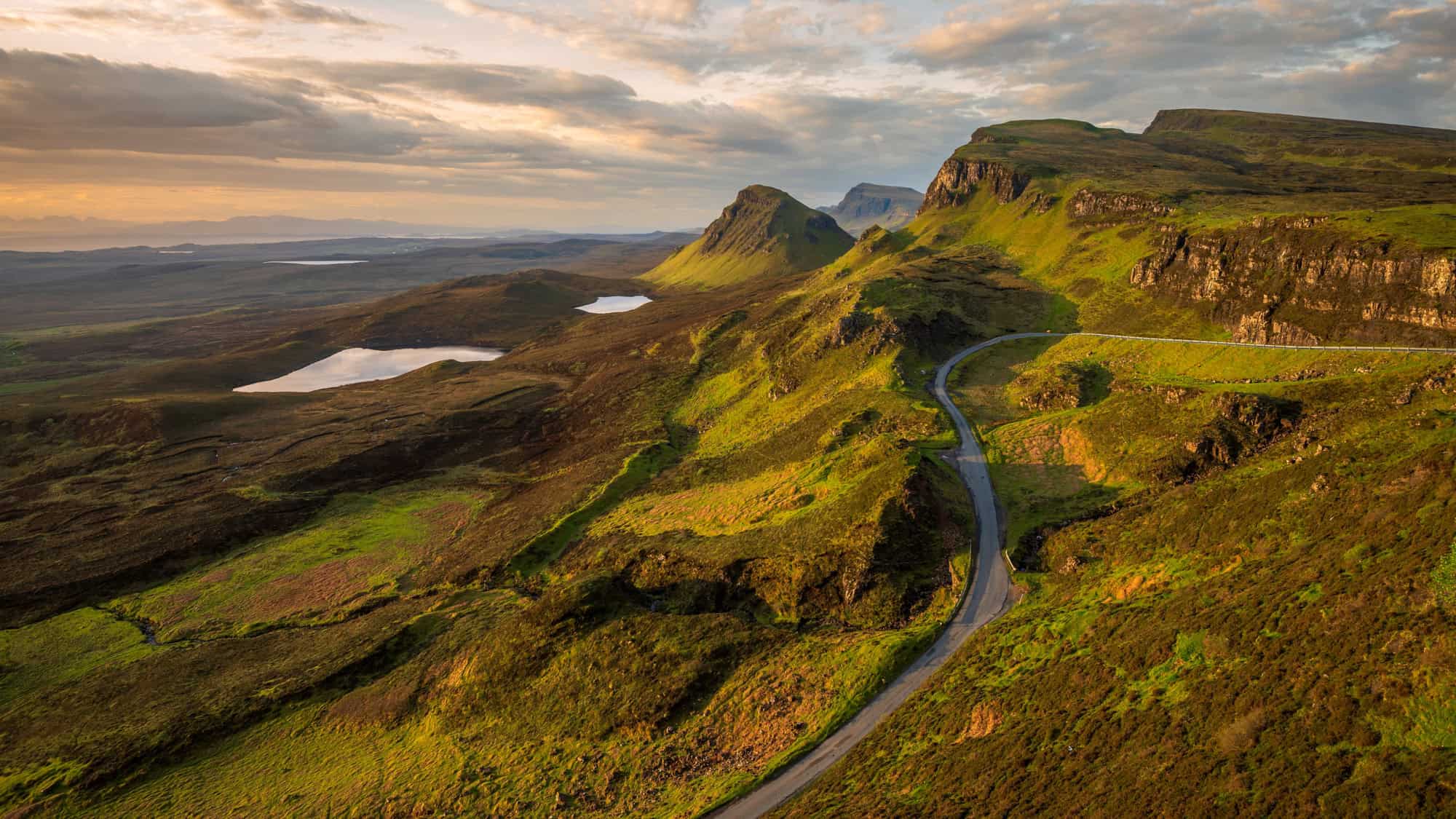
The Isle of Skye, part of Scotland’s Inner Hebrides, enchants travelers with its dramatic landscapes and sense of ancient mystery. Famous for its jagged mountains, rolling moors, and hidden lochs, the island is perfect for those seeking a connection to the natural world.
The Quiraing, a landslip on the northern part of the island, offers unusual rock formations and fantastic views that are not to be missed. And legends abound here, from tales of the Old Man of Storr (a towering rock pillar said to be a giant turned to stone) to the ethereal Fairy Pools, a series of crystal-clear waterfalls and basins fed by the pure waters of the Cuillin mountains.
Wildlife enthusiasts may encounter red deer, seals, or even white-tailed eagles in their natural habitats. Plus, the isle’s small villages, such as Portree, charm visitors with their colorful harborfronts and warm hospitality.
Kotor, Montenegro
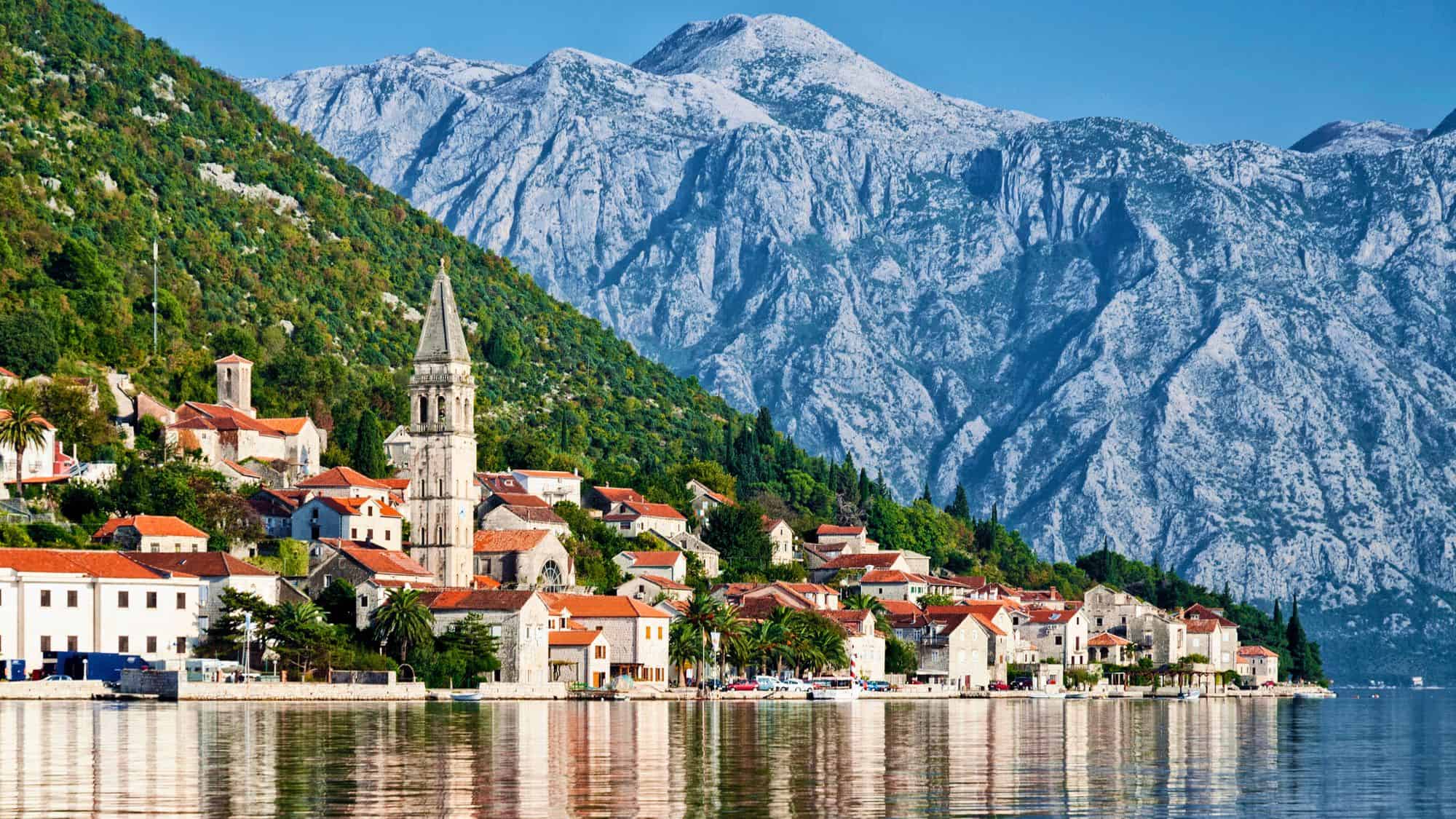
Located between dramatic mountains and the sparkling waters of the Adriatic Sea, Kotor is a city for travelers seeking history and striking natural scenery all in one easy-to-reach spot. This picturesque coastal town, a UNESCO World Heritage Site, is well-known for its medieval charm and impressive fortifications that date back to the Venetian period.
The Bay of Kotor, often referred to as Europe’s southernmost fjord, offers breathtaking views and opportunities for exploration by boat. And visitors can ascend the fortress of San Giovanni (climbing more than 1,300 steps) to enjoy a panoramic view of terracotta rooftops, tranquil blue waters, and rugged cliffs.
For those seeking cultural experiences, Kotor’s Maritime Museum showcases the town’s rich seafaring legacy. Additionally, the region holds festivals throughout the year, celebrating everything from music to culinary delights.
Faroe Islands, Denmark
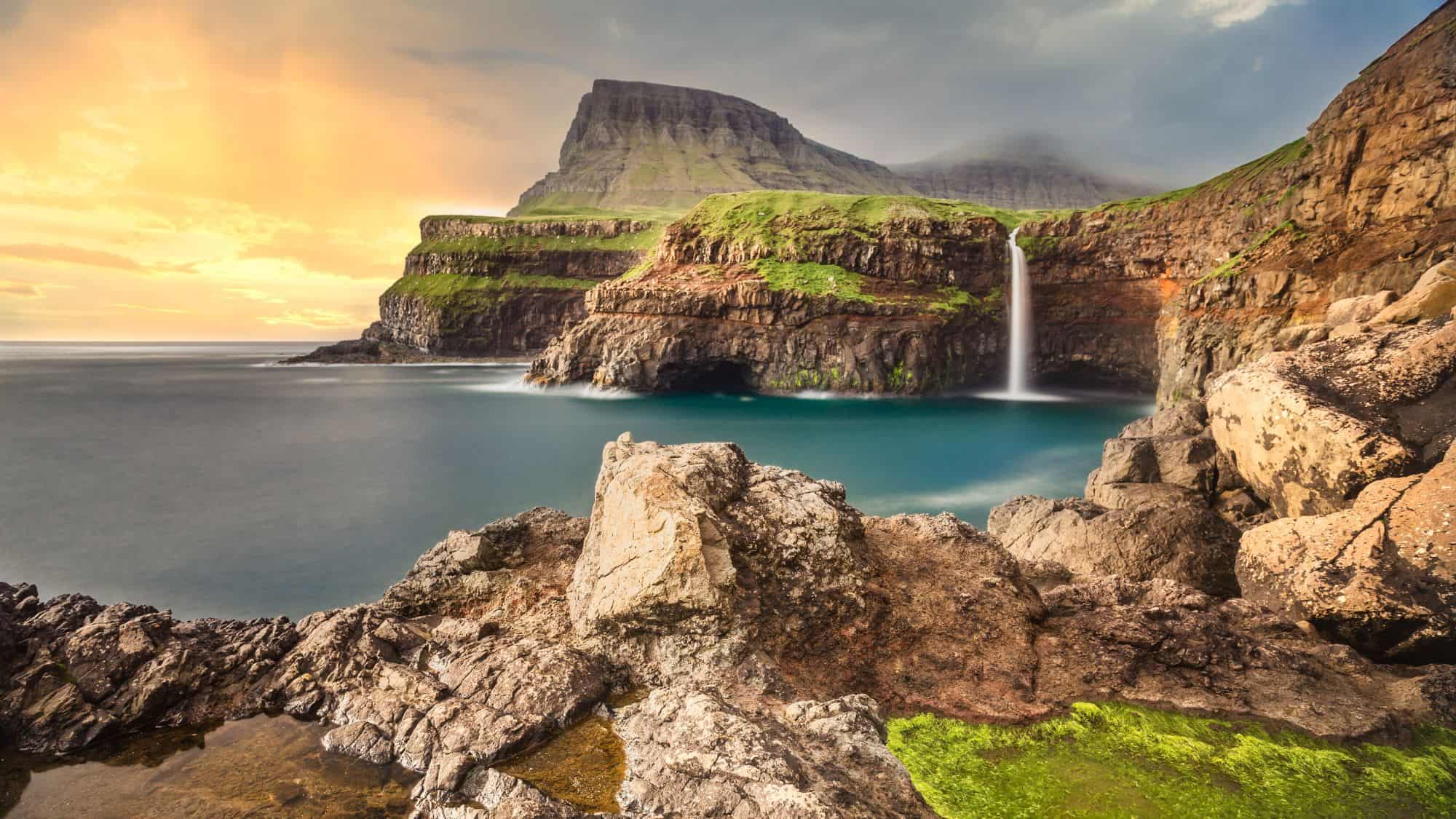
Rising from the North Atlantic, the Faroe Islands captivate with their stunning combination of dramatic cliffs and coastal serenity. This remote archipelago, composed of 18 rocky islands, fosters an undeniable sense of wonder for travelers seeking untouched beauty.
Among its natural highlights, Mykines Island stands out not only for its tranquil isolation but also for being home to vibrant puffin colonies during the summer months. Bird enthusiasts are often drawn here, where watching these iconic seabirds in their natural habitat becomes a one-of-a-kind experience.
Waterfalls are another treasure of these islands, with Mulafossur being one of the most photographed. Cascading boldly off a cliff into the ocean, this waterfall provides an arresting glimpse of nature’s power and elegance. Turns out, visiting here is an invitation to encounter solitude, inspiration, and nature at its most untamed.
Lofoten Islands, Norway
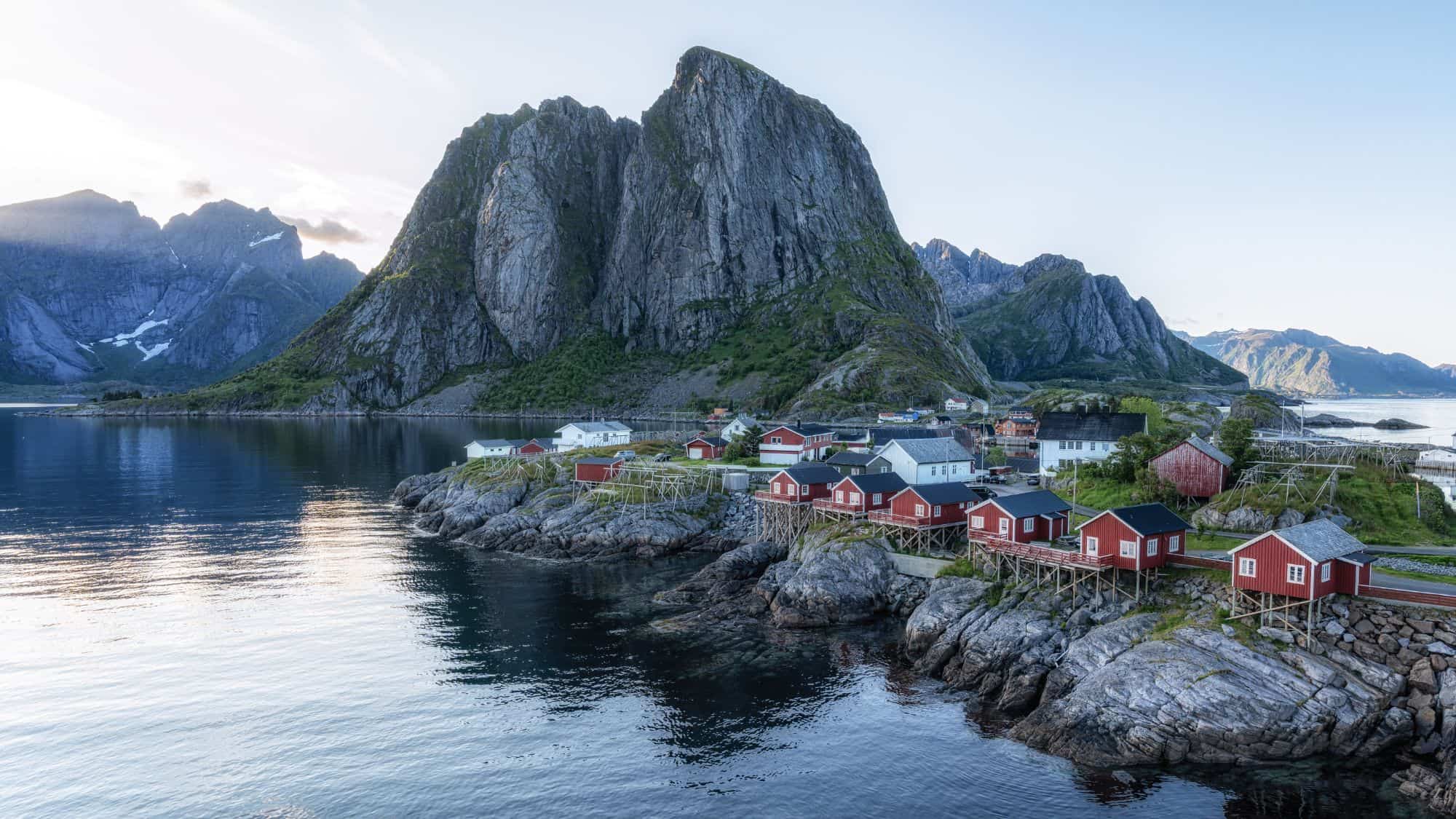
Stretching across the Norwegian Sea within the Arctic Circle, the Lofoten Islands present a stark yet captivating beauty. Known for their jagged peaks that seem to pierce the sky, these islands are home to traditional fishing settlements that have stood the test of time. The cod fisheries here have been a vital part of life for centuries, a legacy still celebrated during the annual Lofotfishing Festival each winter.
Lofoten is also a premier destination for those chasing the northern lights. From September to March, the islands offer one of the best places on Earth to witness this spectacular natural phenomenon, thanks to their minimal light pollution and prime location within the auroral oval.
As for daytime activities? You can try everything from kayaking through the calm fjords to summiting dramatic ridges like Reinebringen for incredible views.
The area’s preserved cultural heritage is also worth exploring; local museums and galleries showcase the unique maritime traditions and artistry inspired by the surrounding Arctic environment. Visitors will leave with a deeper appreciation for this remote yet thriving community.
Luang Prabang, Laos

Surrounded by lush greenery and misty mountains, Luang Prabang is an enchanting town steeped in history and tradition. Known for its peaceful atmosphere, this UNESCO World Heritage site is home to awe-inspiring temples such as Wat Xieng Thong. This masterpiece of Buddhist architecture features intricate mosaics and gilded facades.
For those drawn to nature, a trip to the mesmerizing Kuang Si Falls is a must. These emerald pools cascade over limestone formations, creating a serene retreat for swimming and relaxation.
Visitors can also witness the daily alms-giving ceremony, where monks pass through the streets at dawn collecting offerings of sticky rice. It’s a deeply spiritual and humbling experience reflective of the town’s cultural roots.
And at the end of the day, Luang Prabang’s night market comes alive with local artisans showcasing handicrafts, textiles, and street food, making it an immersive and unforgettable cultural experience.
Hoi An, Vietnam
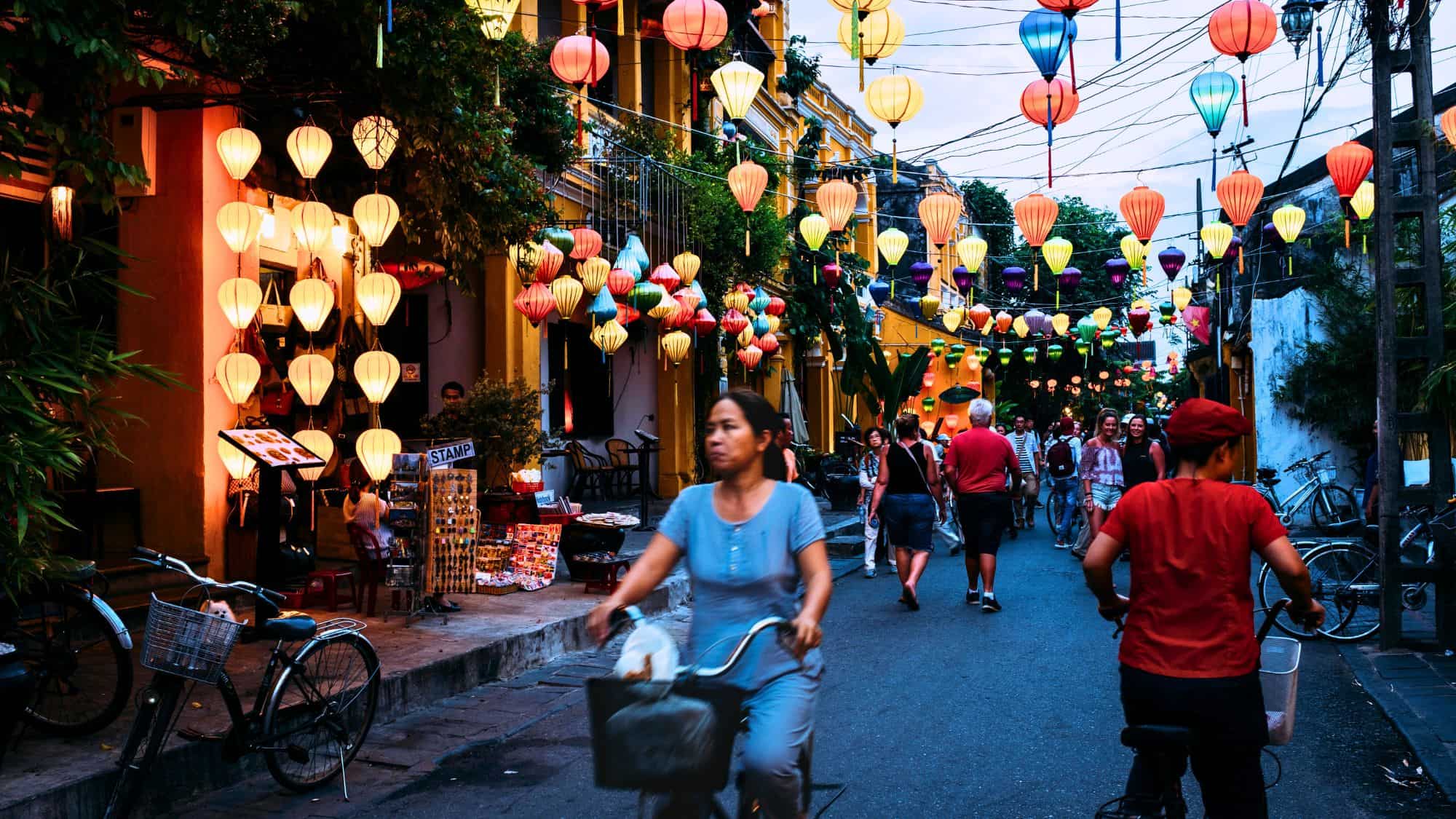
This historic city in central Vietnam enchants travelers with its blend of ancient architecture and delectable cuisine. Hoi An’s Old Town, recognized as a UNESCO World Heritage Site, reveals a time capsule of Vietnamese, Chinese, and Japanese influences through its colorful shophouses, ornate temples, and wooden bridges.
Visitors can stroll through the famous Japanese Covered Bridge, an enduring symbol of the town dating back to the 18th century.
And when evening descends, Hoi An transforms into a mesmerizing spectacle, with thousands of lanterns illuminating the narrow streets, creating a warm yet vibrant atmosphere. These lanterns, a tradition rooted in ancient Vietnamese culture, symbolize happiness and prosperity.
No trip to Hoi An is complete without sampling its legendary street food. Local specialties such as Cao Lau noodles or crispy Banh Xeo pancakes charm the palate, with flavors that reflect centuries of culinary heritage.
Matera, Italy
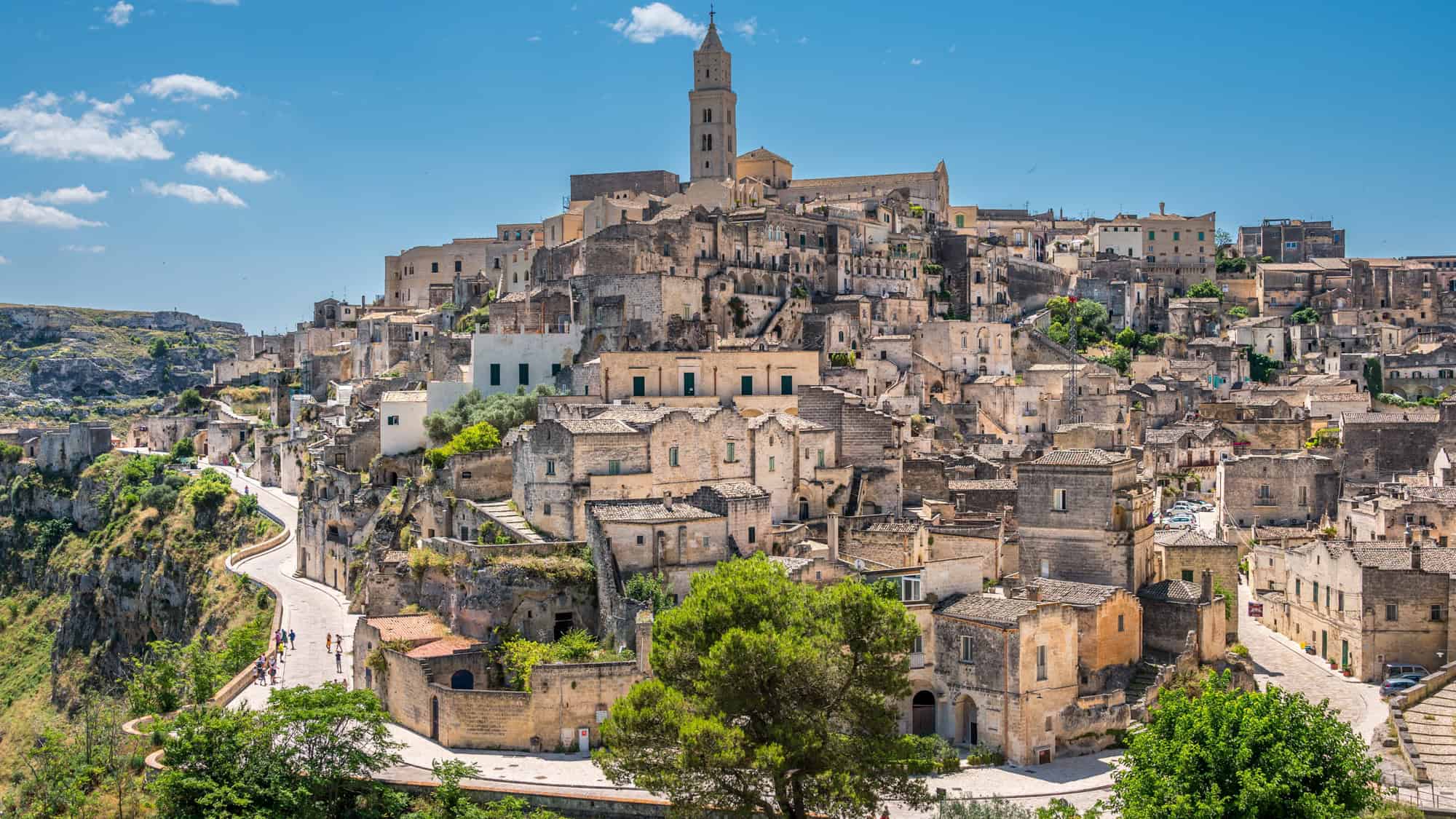
Matera, located in the southern region of Basilicata, is famous for its ancient cave dwellings, known as the “Sassi.” These remarkable structures, carved into limestone cliffs, represent one of the oldest continuously inhabited settlements in the world.
Dating back to the Paleolithic era, the Sassi once housed entire communities that sculpted homes, churches, and storage facilities directly into the rock. And walking through the labyrinth of narrow alleys and staircases provides visitors with a rare glimpse into human resilience and ingenuity over the millennia.
The Sassi di Matera is also a UNESCO World Heritage Site, celebrated for its historical significance and its transformation from near-abandonment in the mid-20th century to its revitalization as a cultural treasure. Today, many of these ancient cave dwellings have been meticulously restored and repurposed into boutique hotels, art galleries, and authentic eateries.
Zanzibar, Tanzania

Zanzibar, off the coast of Tanzania, enchants travelers with its pristine white-sand beaches, lush spice farms, and the vibrant tapestry of Swahili culture. The archipelago has long served as a historical crossroads, where African, Arab, and European influences converge to create an atmosphere steeped in diversity and history.
Stone Town, a UNESCO World Heritage Site, boasts bustling bazaars and streets rich with stories of the island’s pivotal role in trade. And beyond its cultural heritage, Zanzibar offers nature enthusiasts opportunities to explore the Jozani Forest, home to the rare red colobus monkey found only here.
The surrounding Indian Ocean waters sparkle invitingly, offering world-class snorkeling and scuba diving among coral reefs teeming with marine life. But if you’d rather keep your feet dry, a visit to one of the many spice farms allows travelers to immerse themselves in the spices that have defined Zanzibar’s trading legacy, from cloves to nutmeg.
Jiufen, Taiwan

Perched high in the hills of northeastern Taiwan, Jiufen offers a sensory escape into a world where tradition and nature intertwine. This enchanting town gained fame for its winding alleys, dotted with bustling market stalls and tea houses that invite you to slow down and savor the aroma of freshly brewed Taiwanese oolong.
Once a prosperous mining settlement during the Japanese era, Jiufen still holds traces of its golden past, visible in its architecture and heritage trails that whisper tales of a bygone era. On misty days, the mountain views become ethereal, with layers of peaks stretching toward the Pacific Ocean, creating scenes that feel dreamlike.
Among its highlights, the town is famed for its lantern-lit streets, which come alive in the evening with a magical glow. And visitors can relish local delicacies such as taro balls and herbal rice cakes from street vendors, experiencing the richness of Taiwan’s food culture.
Antigua, Guatemala
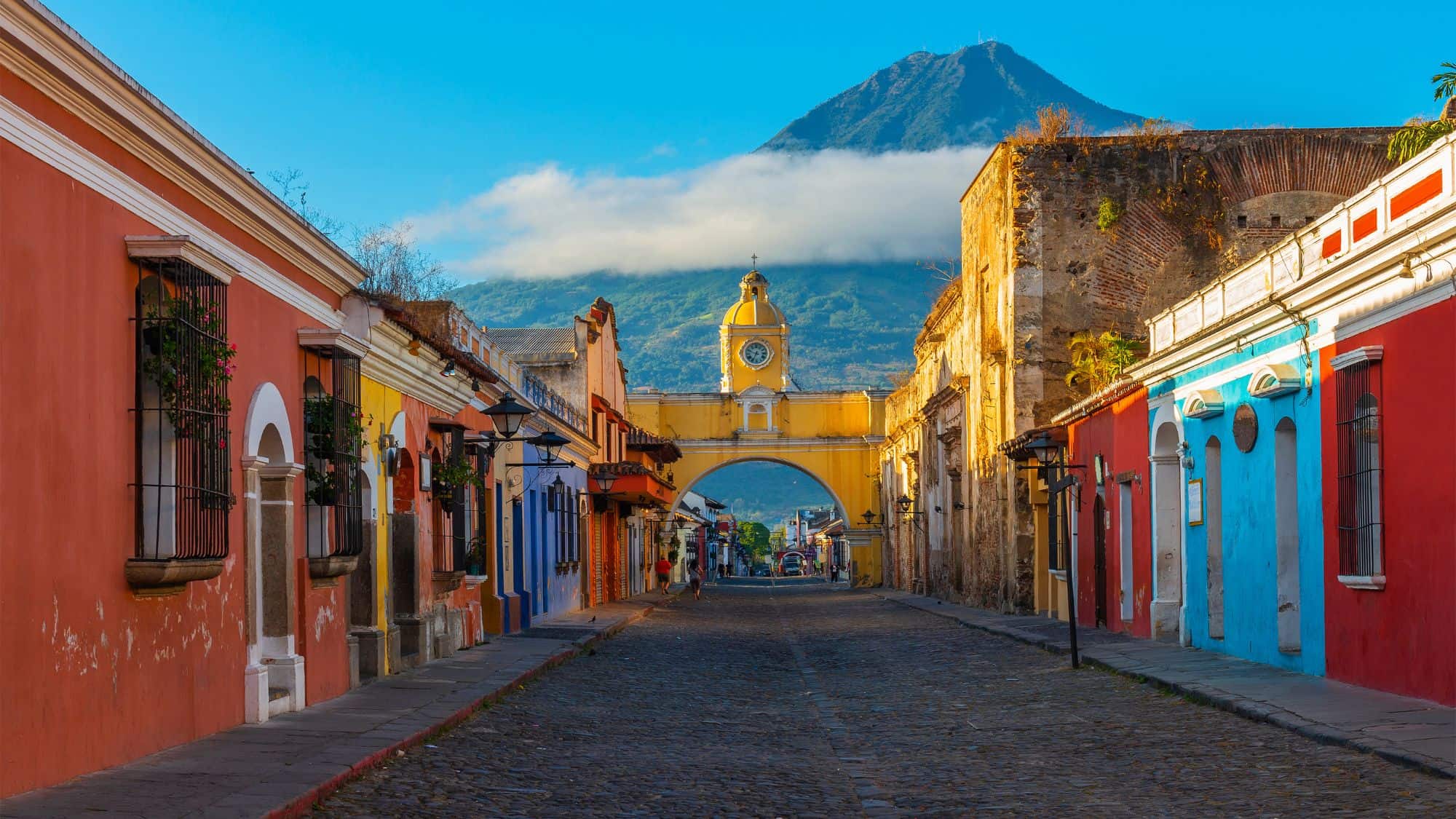
Antigua offers the perfect balance of vibrant history and dramatic natural beauty. The city, once the capital of Guatemala, is now celebrated for its well-preserved Spanish Baroque-influenced architecture, including the iconic Santa Catalina Arch.
Cobblestone streets wind through colorful facades, presenting countless opportunities to connect with the city’s rich cultural heritage. And surrounding it all are three imposing volcanoes (Agua, Fuego, and Acatenango) that create a breathtaking backdrop for exploration and adventure.
For those seeking unique experiences, the city’s coffee farms offer insight into the production of some of the world’s finest beans, along with tastings of freshly brewed coffee. Additionally, the Semana Santa (Holy Week) processions are a sight to see. They are famous for their elaborate alfombras (temporary street carpets made from dyed sawdust and flowers), showcasing Antigua’s deep spiritual traditions, and draw large crowds annually.
Sapa, Vietnam
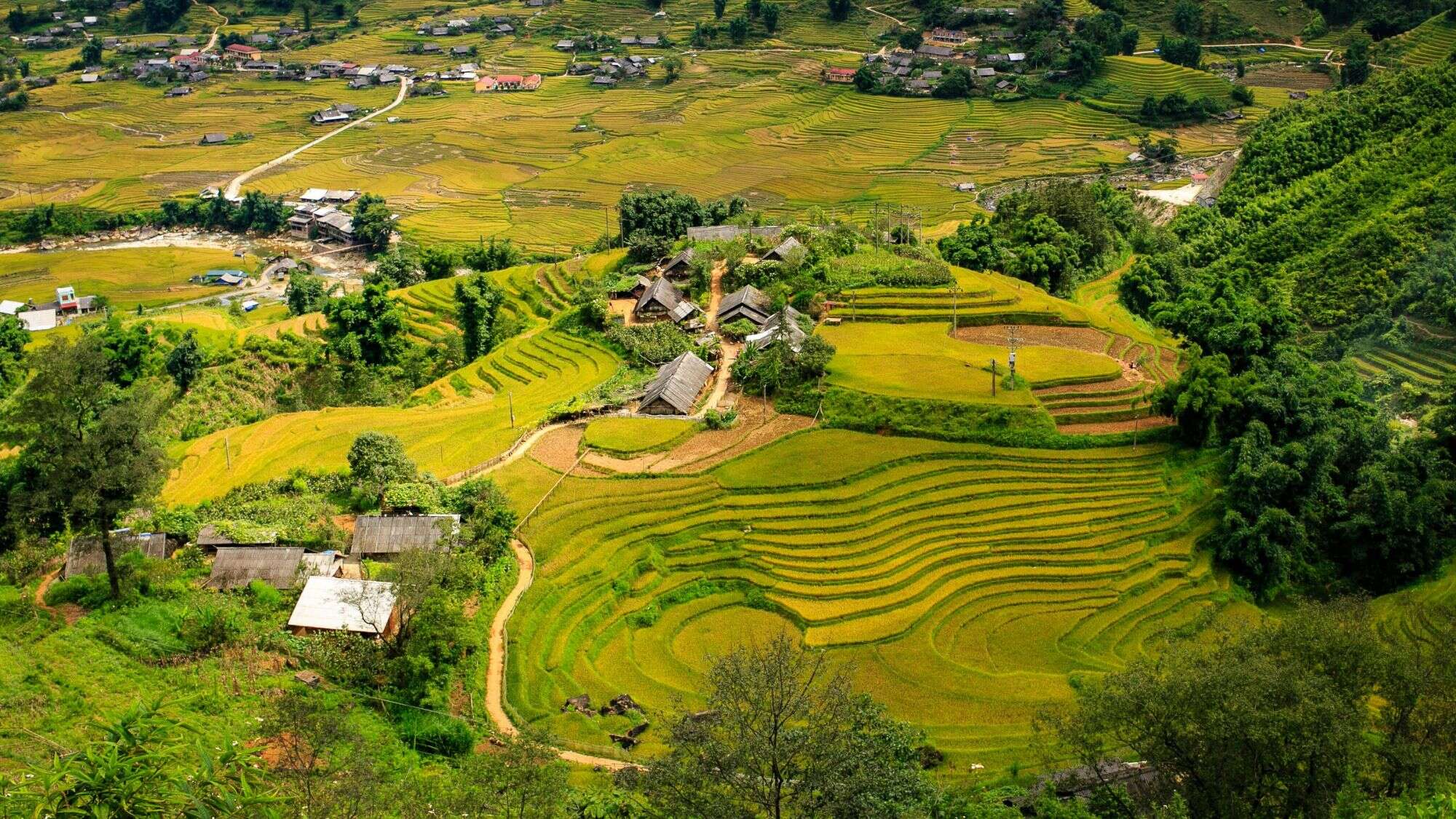
High in the mountains of northern Vietnam, Sapa reveals a mesmerizing landscape of terraced rice fields that cascade down the hillsides with precision and grace. Built over generations by the region’s ethnic minority communities, these terraces are both an agricultural marvel and a cultural treasure.
The area’s vivid green hues shift with the seasons (lush in the summer and golden just before the harvest), offering you a glimpse into a living tradition that sustains the local way of life.
Sapa is also home to vibrant ethnic minority villages, such as those inhabited by the Hmong and Red Dao people. Visitors can immerse themselves in local traditions through guided treks that traverse scenic valleys and offer a chance to meet skilled artisans who produce intricate textiles and handicrafts using techniques passed down for centuries.
Beyond the cultural richness, the surrounding mountain scenery is breathtaking, including the views from Fansipan. It’s the highest peak in Indochina and is accessible by cable car (or a multi-day hike).
Meteora, Greece

Anchored on awe-inspiring rock formations, the monasteries of Meteora in central Greece provide an experience that is both spiritually profound and visually stunning. These towering sandstone pillars have been shaped over millions of years, creating a landscape that feels almost from another world.
Built between the 14th and 16th centuries by monks seeking isolation and spiritual connection, these monasteries seem to defy gravity. Only six remain active today, but each is steeped in history and offers panoramic views of the surrounding Thessalian plain.
But exploring Meteora is not just about admiring the unique architecture and scenic beauty. It’s also about connecting with the rich heritage of the Eastern Orthodox Church. Visitors can admire intricate frescoes depicting biblical scenes, meticulously preserved despite the passage of time.
A UNESCO World Heritage site since 1988, Meteora invites travelers to ascend winding stone paths or take guided tours to learn about the area’s geology, religious significance, and cultural importance.
Like Our Content? Follow Us On MSN (or click the Follow Button above) to see more from Traveling In Focus.


